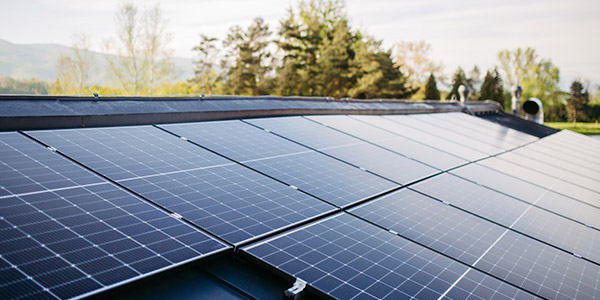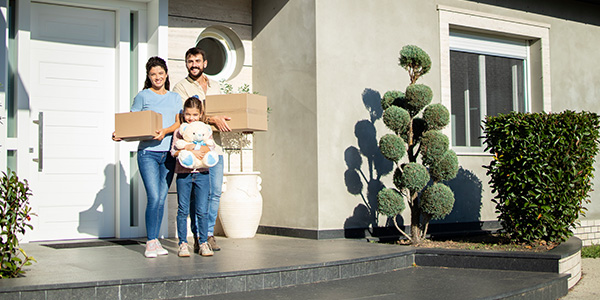Homeowners
Does Going Solar Make Sense?
August 8, 2018
As you watch the electric bill spike with your air conditioner's use, it's natural to wonder if it's time the sun starts kicking in for its role in adding to your expenses. With solar technology evolving to the point where tiles can be indistinguishable from regular roofing material and the prices still falling toward a more affordable range, it may make sense to start looking into the cost of switching to solar power.
Key Factors to Solar Feasibility
In some areas, it's fairly easy to determine if going solar makes sense. With its average percentage of sunny days at 85%, homeowners in Phoenix stand a good chance of being able to justify the cost of pursuing solar. Residents of areas where bright sunshine is more elusive may still want to run the numbers, however. Today's solar panels can collect energy even on cloudy days. That makes the daily amount of sun your home's roof is exposed to more relevant than where you live if you're calculating the value of how soon a solar system will pay for itself.
The following factors should also figure into the equation:
- Your home's power consumption
- Local electricity rates
- Potential local or federal incentives for installing panels
- The possibility of selling excess power to your utility through a net-metering program
Cost Considerations
The typical cost of installation, while increasingly more competitive with that of new tile or slate roofs, remains substantially higher than the asphalt material covering 75% of American homes. However, the average payback period in the U.S. for a solar installation is estimated to be 6–8 years. To gain the full benefit, you would need to be planning to stay in your home for at least that long. However, buyers are currently willing to pay more for solar-powered homes, which can help offset your upfront investment.
Financing Solar Installations
While being self-sustaining doesn't come cheap, despite the low cost of sunshine, consumers who decide to go solar have financing options. The most beneficial is likely to be using a home-based loan, such as a Cash-Out Refinance or a home equity loan. These would result in a lower rate than a personal or seller-financed loan would. Also, the interest will likely be tax deductible on the home loan for most borrowers under the current tax laws.
Leasing is another option. This allows the homeowner to pay a fixed amount to use the system in exchange for a guaranteed amount of electricity under a lease. A variation of this is to agree to a power purchase agreement (PPA) wherein you essentially lease, but the amount you pay each month will vary depending on the amount of power you consume. Either of these two options, however, will disqualify you from accessing government incentives, if any are available. Incentives are typically only available to a system's owner.
As You Proceed
It will help to keep the following in mind as you request estimates and consider your options.
1. Ask about warranties
It's reasonable to expect that your panels will be covered for 20–25 years and the inverter for at least 10 years.
2. Understand maintenance responsibilities
Determine how this will be handled if you are leasing.
3. Hire a pro
Consider giving preference to certified photovoltaic installation professionals who do not subcontract.
4. Verify
As with any work being done on your home, verify that the installation company is bonded and licensed. Read any online reviews and Better Business Bureau reports. Also, request and call references from previous clients.
5. Contact your insurer
Before you start, understand how your homeowner's insurance might be affected by the addition of solar panels.
6. Plan ahead for obstructions
Future tree growth can shade your panels, as can new construction on neighboring properties.
Whether solar makes sense for your current home or not, it's a good time to start researching this option for reducing your future energy expenses.





 Smart Moves Start Here.
Smart Moves Start Here.